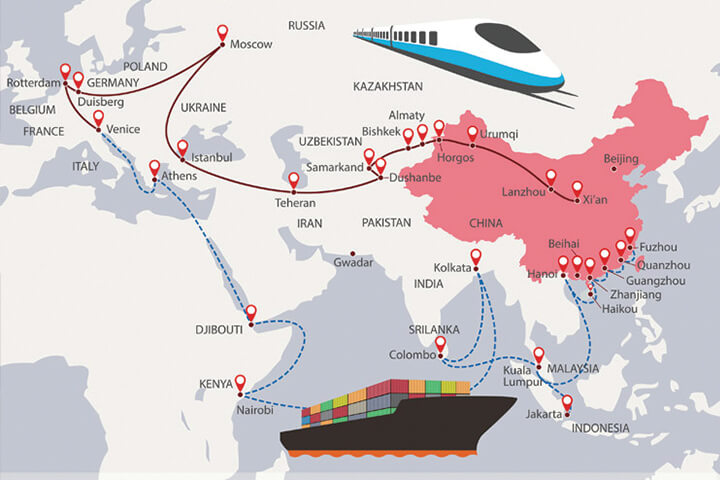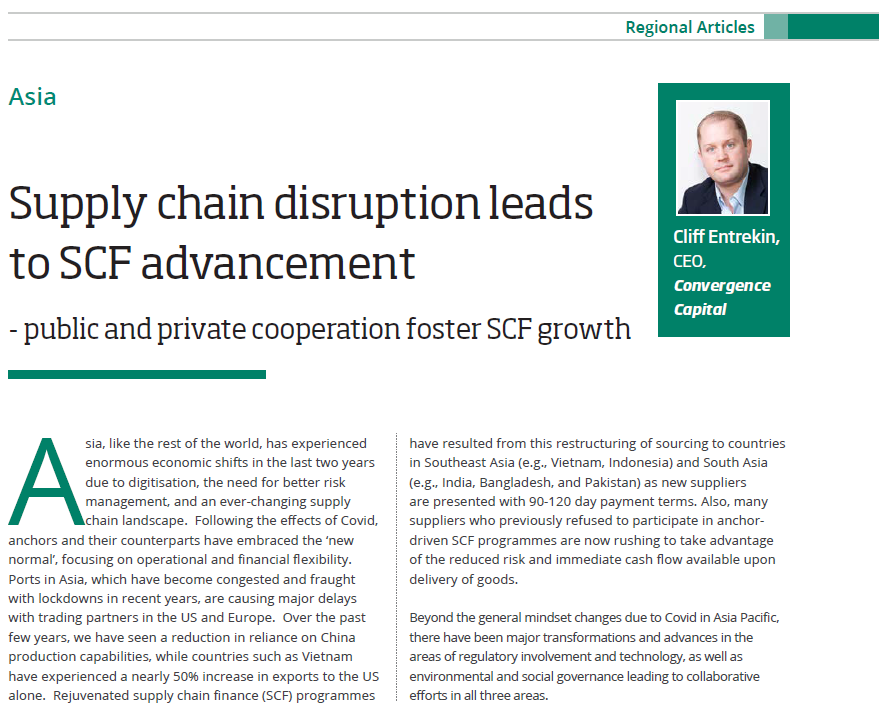Belt and Road Initiative: Market Outlook

Believed to be the most ambitious economic and diplomatic program since the Marshall Plan, the Belt and Road Initiative is an ambitious undertaking of infrastructure development and regional collaboration led by China. The strategy underlines China’s push to take a larger role in global affairs with a China-centric trading network.
The Belt and Road Initiative has two parts, the belt and the road. The belt is the physical road from Hong Kong all the way through Europe up to Scandinavia. The road is the actual maritime Silk Road, essentially shipping lanes, spanning from Hong Kong to Venice connecting countries from Asia all the way to Africa. This initiative has been called the largest infrastructure plan of all time which comprise of projects that will involve 68 countries, 65% of the world’s population, and 40% of the world’s GDP (all of which will pass through Central Asia and even Europe).
This transnational and infrastructure plan of China may pave way to projects that will bring opportunities for countries and other key parties. However, the financial and sociopolitical risks of this ambitious plan should also be calculated (especially for the countries and even banks involved). The Belt and Road Initiative targets Chinese exports as its next growth wave. China has been fueling this growth by spreading its influence and its infrastructure in many of nearby countries. Since most of these countries are emerging markets, they are often in dire need of infrastructure and financial support.
Countries should be cautious before taking on these loans. As Sri Lanka has shown us, the consequences of not paying back these loans could be disastrous, as they struck a deal to sign over of the Hambantota port in Sri Lanka to China for 99 years. Pakistan, under the China-Pakistan Economic Corridor (CPEC) agreement, signed over a 43 lease to the port at Gwadar with the promise that China would invest over 1 billion USD for its expansion.
While the Belt and Road Initiative could lead to a variety of infrastructure upgrades in the most needed areas of Asia, the after-effects are having many wondering if this could be a new age of Imperialism for the Middle Kingdom.
Previous Post Next Post





